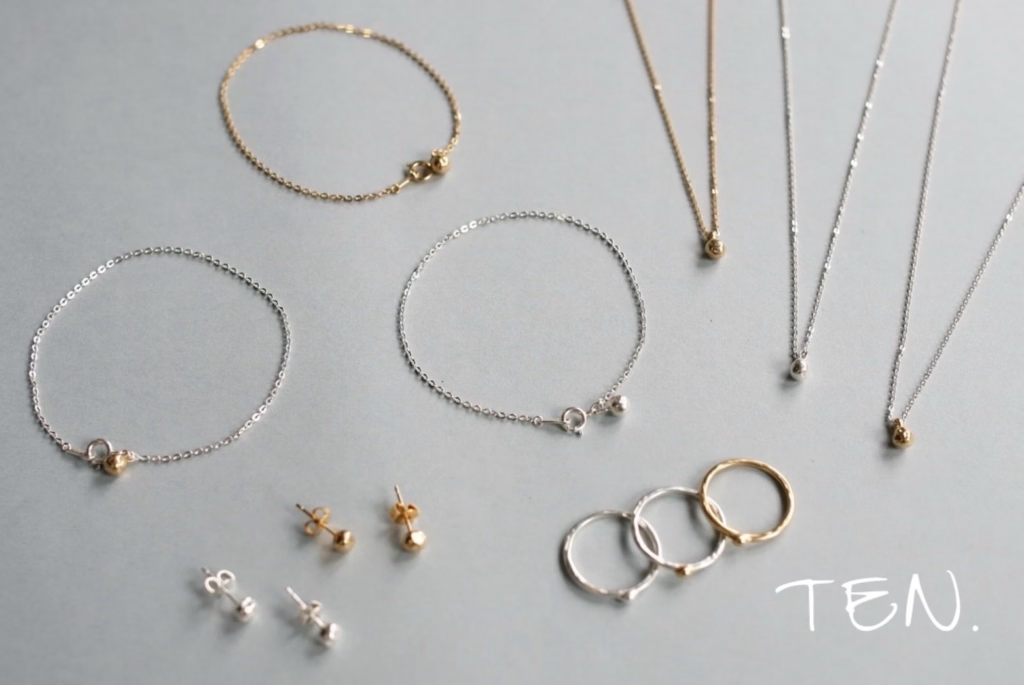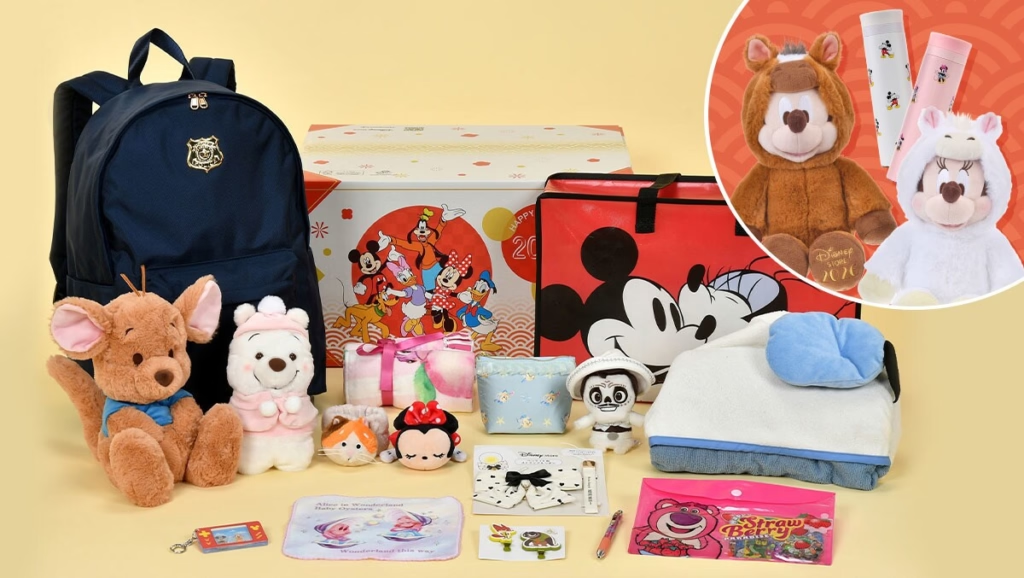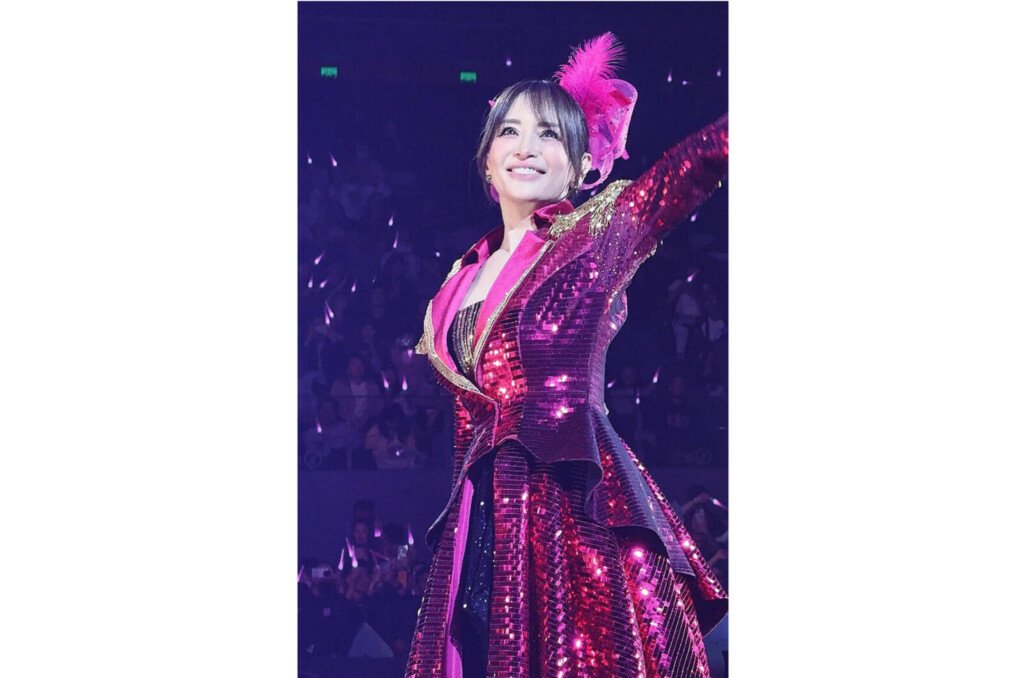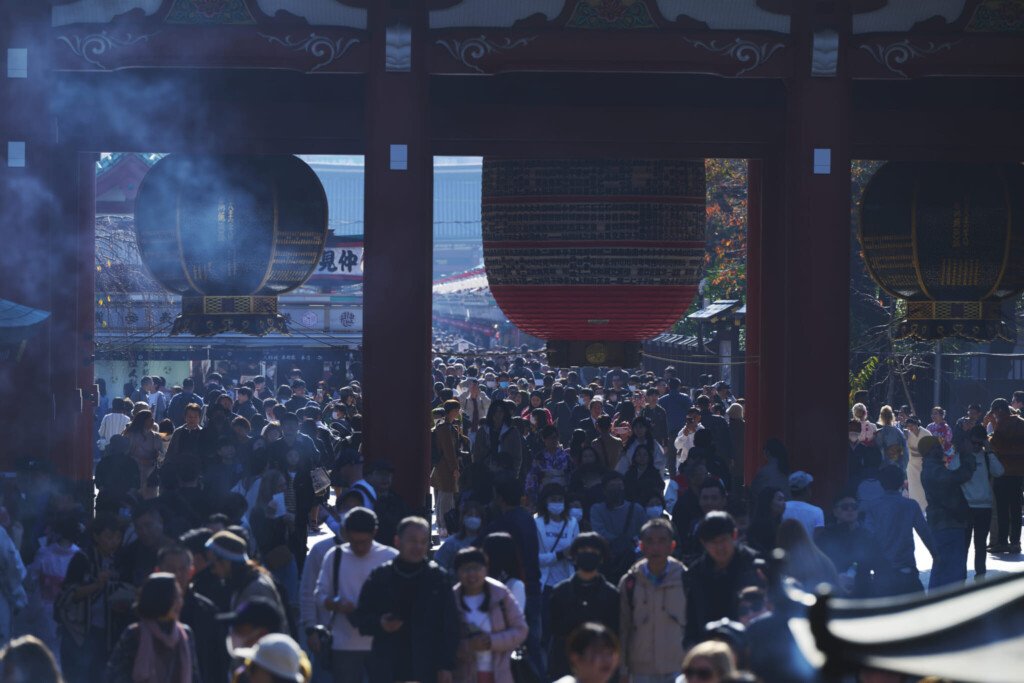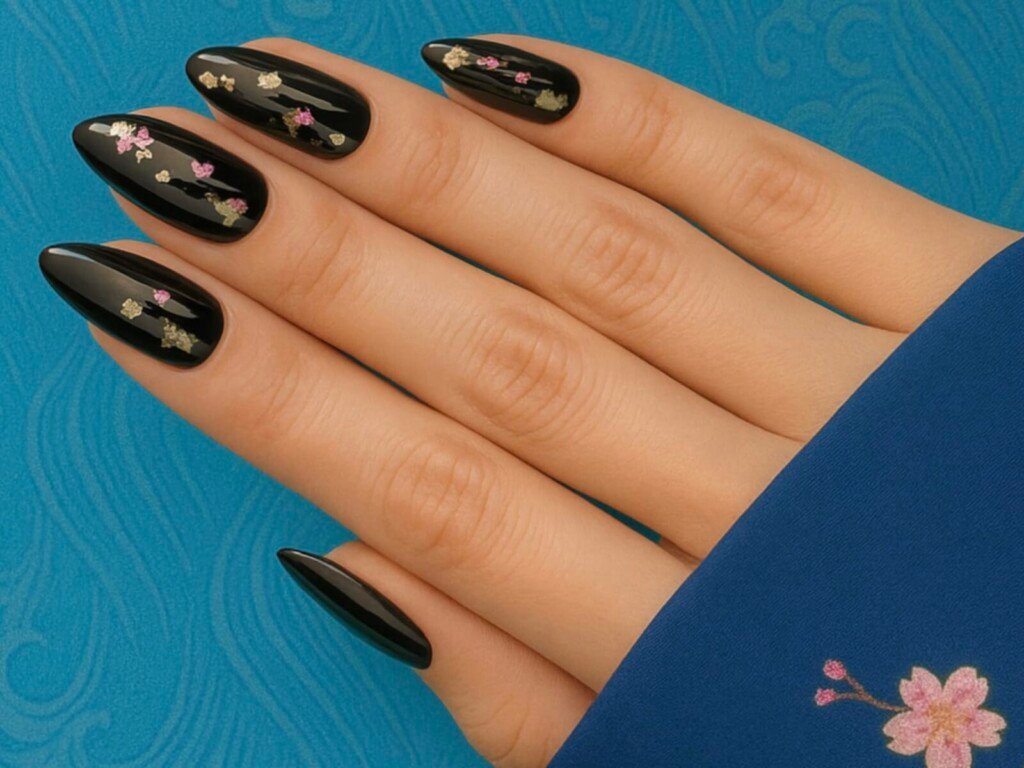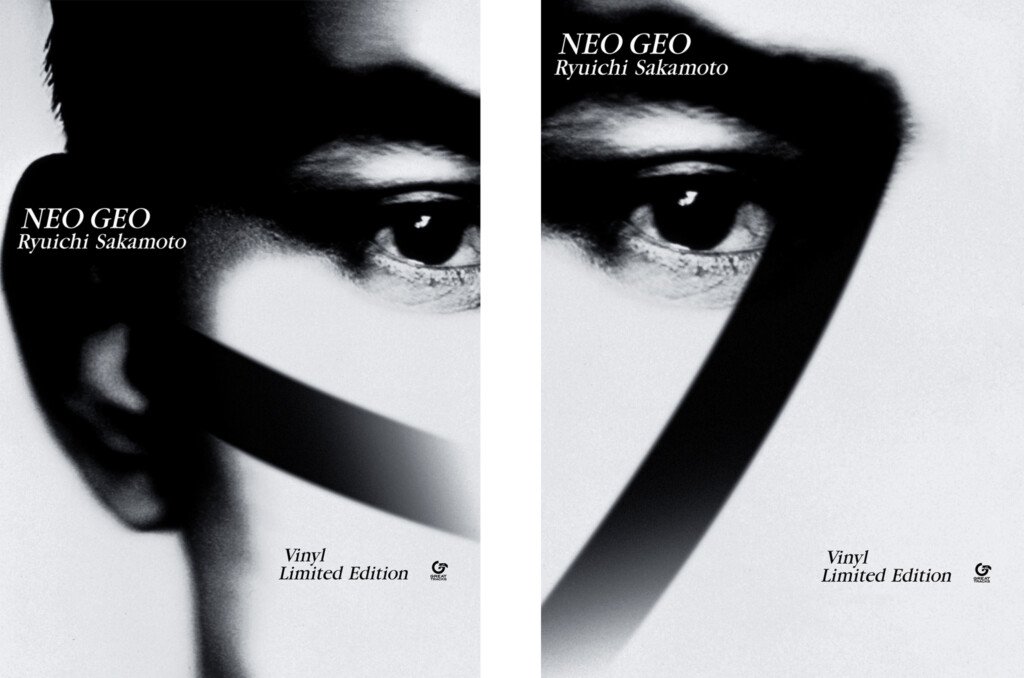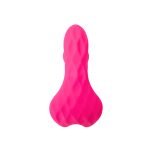Japanese Chopstick Etiquette: The Complete Guide

Before you visit Japan, it’s a good idea to learn about chopsticks and understand the language associated with them. The placement of the cutlery can convey many hidden meanings. It also helps to know how to use chopsticks. This guide will ensure that you arrive in Japan confidently, without the worry of making mistakes, and ready to enjoy Japanese cuisine first-hand, the local way.
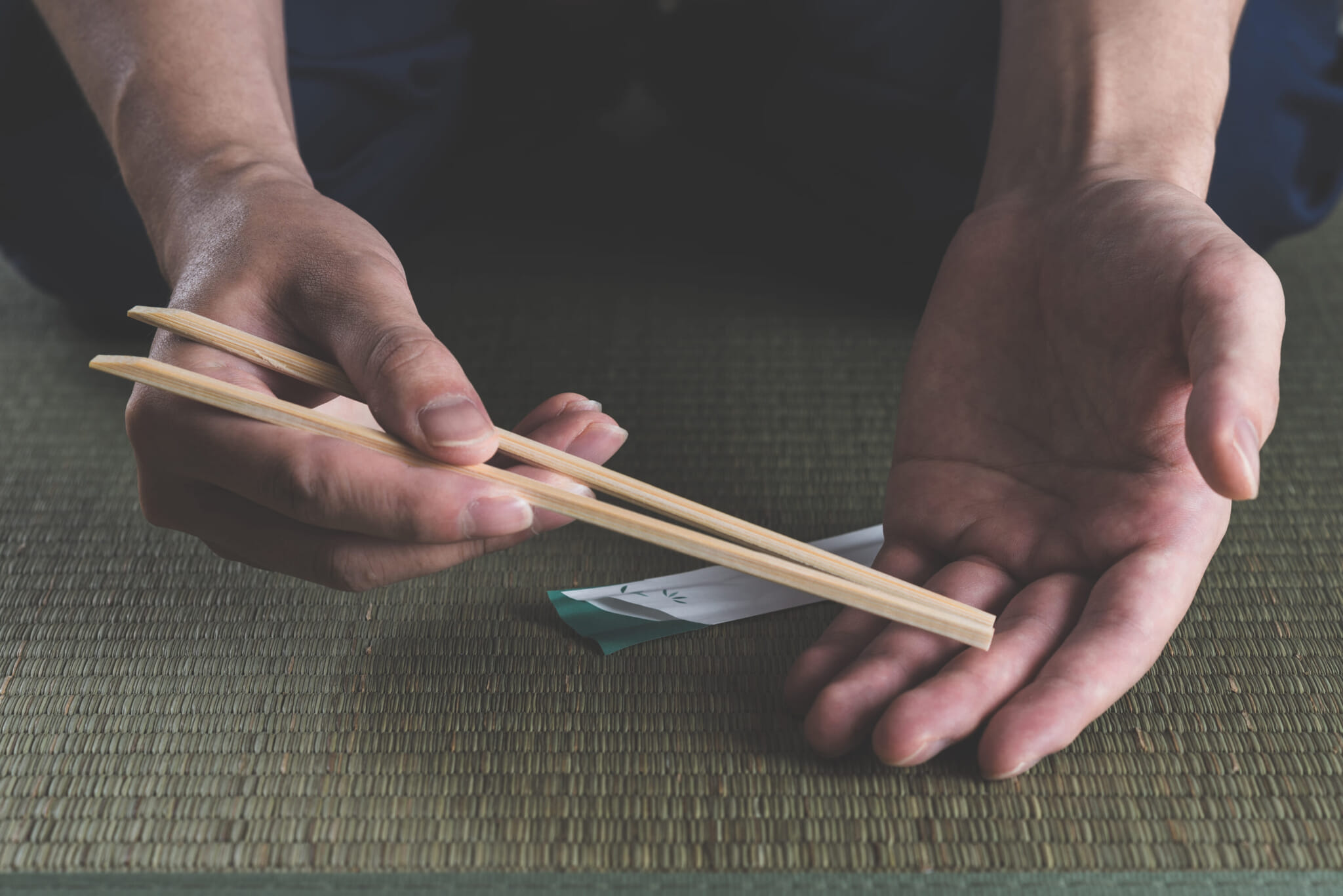
The History of Japanese Chopsticks
Through archaeological research, we know that chopsticks, also known as Hash In Japanese, this term has been used in some form since the Yayoi period (300 BC – 300 AD) when food was heated.
However, until the Asuka period (552-710), there is little evidence that ordinary people used chopsticks. They ate with their hands. Chopsticks were used mainly for rituals at religious festivals. Unlike the two sticks of wood we use today, the earliest chopsticks appear to have been made from a single piece of bamboo, bent in the middle into the shape of tweezers. It is generally believed that eating with chopsticks came from China.
Initially, only the royal family and the nobility used chopsticks for eating. Starting in the Kamakura period (1185-1333), chopsticks began to spread widely as eating habits were standardized throughout the country, from the royal family and samurai to the common people. At this time, chopsticks were separated into two pieces of wood and developed different styles. Lacquer chopsticks also appeared.
By the Edo period (1603-1868), chopsticks were made from cedar and other woods, and people even recycled chopsticks from barrels.
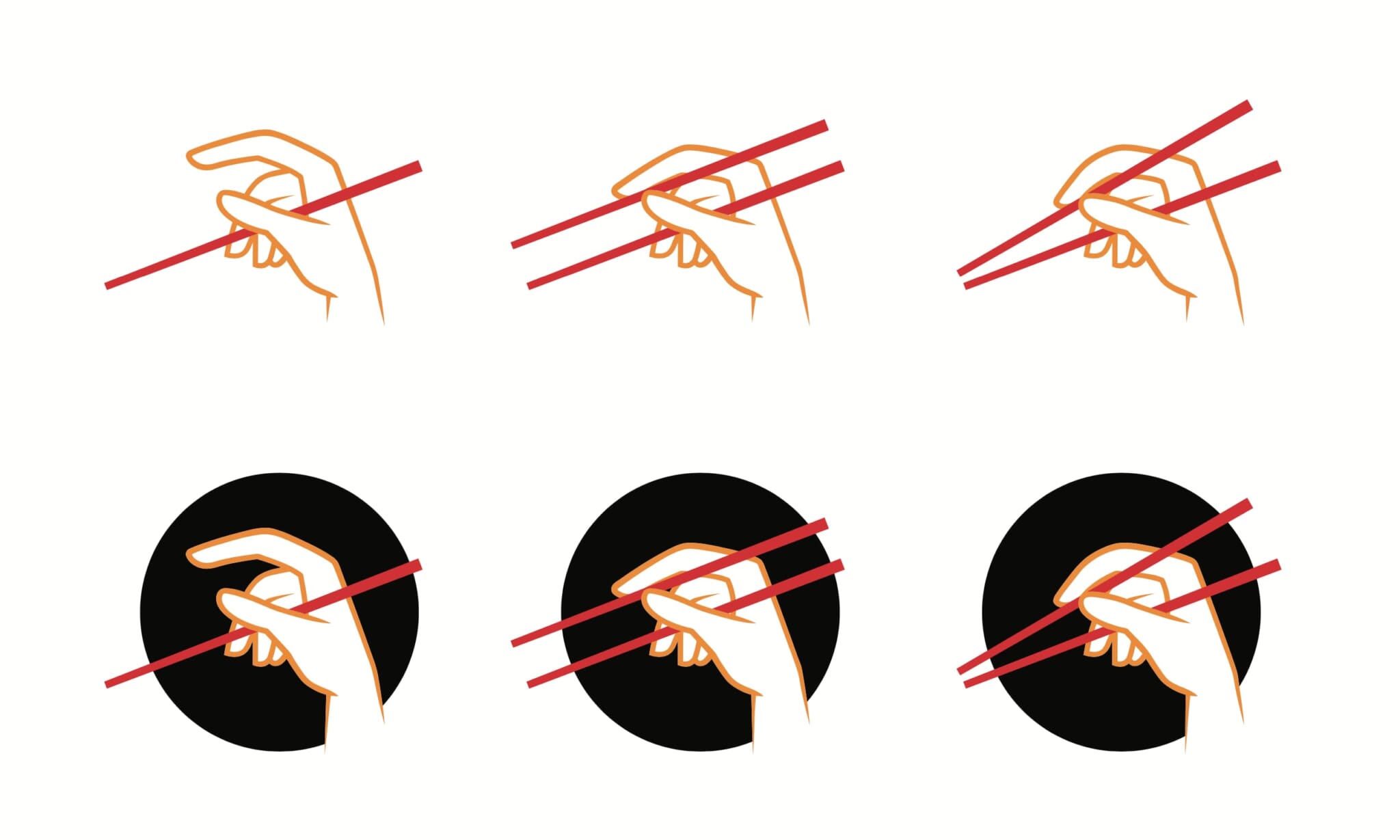
How to use chopsticks
Chopstick Hand Placement
The benefits of using cutlery with one hand, such as scratching your nose with one hand and putting food in your mouth with the other, are obvious, but it can be a little difficult to master. Even in Japan, young children start out with spoons, not chopsticks. Then they are gradually trained to use chopsticks, and once they have mastered them, they use real chopsticks.
But for those of us without stabilizer bars, practice makes perfect. Posture is key.
Hold the bottom chopstick straight and snug between the bend of your thumb and middle finger. Keep this chopstick still. Hold the other chopstick like a pencil between your index finger and the tip of your thumb, moving it up and down.
Repeat the up and down motion, moving the chopsticks up and down. That’s all you need to do. You probably won’t do it naturally, but that’s okay. Practice, practice, practice.
Chopstick Practice: Notes
Keep the following points in mind as you practice.
- In Japanese kindergartens and elementary schools, young children are taught to pick up rice grains from their bowls, so you can try that if you want.
- It is important to keep your hands relaxed.
Japanese Chopstick Etiquette
In Japan, there are said to be more than 70 rules of etiquette for using chopsticks. Since chopsticks have long been used as a ceremonial tool in Japanese history, there are many potential faux pas.
Unless you are training to be a geisha or something similar, you don’t need to know all of these rules, but you will find that the Japanese subconsciously follow several of them. It is a good idea to know them.
Below, we’ve listed some important chopstick rules in no particular order. No one will be mad if you don’t follow these rules, but it might attract attention.
- Museum Bridge: When not eating, keep your chopsticks flat. In Buddhist funerals, chopsticks are inserted vertically upward into the bowl to accompany the deceased to his final destination.
- Guangqiao: When passing food with chopsticks, you should place the food directly on the other person’s plate. Chopsticks are also used to pass food when bones are passed at funerals.
- Chopsticks tapping: Don’t bang your chopsticks on the table. According to folklore, if you do this, you’ll attract evil spirits.
- prick: Don’t poke food with chopsticks.
- direction: It is considered impolite to point at something with chopsticks.
- Jika Bridge: Don’t use chopsticks. Unlike some other cultures, in Japan it is considered rude to use your own chopsticks to pick up shared food. If there are shared chopsticks, use the shared chopsticks. If not, you should flip the chopsticks and use the other end to pick up the food.
- On Bridge: Chopsticks are used to transfer food from the plate to your mouth, not to bite it.


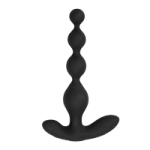 Anal Beads
Anal Beads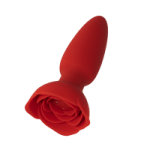 Anal Vibrators
Anal Vibrators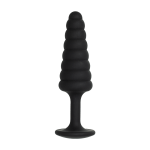 Butt Plugs
Butt Plugs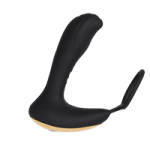 Prostate Massagers
Prostate Massagers
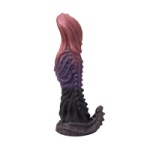 Alien Dildos
Alien Dildos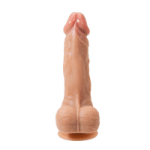 Realistic Dildos
Realistic Dildos
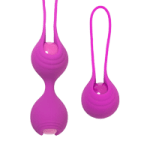 Kegel Exercisers & Balls
Kegel Exercisers & Balls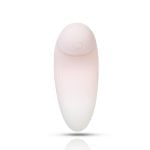 Classic Vibrating Eggs
Classic Vibrating Eggs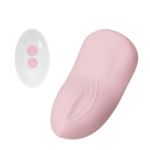 Remote Vibrating Eggs
Remote Vibrating Eggs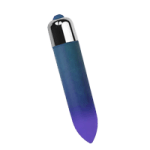 Vibrating Bullets
Vibrating Bullets
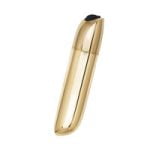 Bullet Vibrators
Bullet Vibrators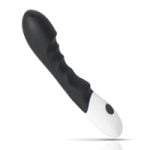 Classic Vibrators
Classic Vibrators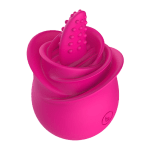 Clitoral Vibrators
Clitoral Vibrators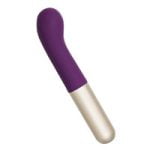 G-Spot Vibrators
G-Spot Vibrators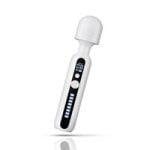 Massage Wand Vibrators
Massage Wand Vibrators Rabbit Vibrators
Rabbit Vibrators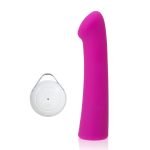 Remote Vibrators
Remote Vibrators
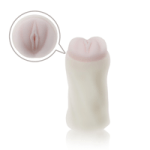 Pocket Stroker & Pussy Masturbators
Pocket Stroker & Pussy Masturbators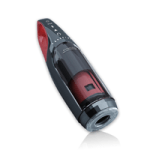 Vibrating Masturbators
Vibrating Masturbators
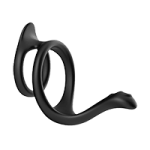 Cock Rings
Cock Rings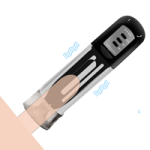 Penis Pumps
Penis Pumps
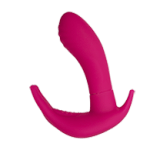 Wearable Vibrators
Wearable Vibrators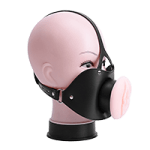 Blindfolds, Masks & Gags
Blindfolds, Masks & Gags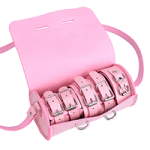 Bondage Kits
Bondage Kits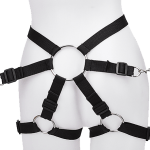 Bondage Wear & Fetish Clothing
Bondage Wear & Fetish Clothing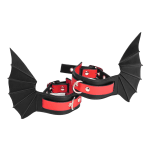 Restraints & Handcuffs
Restraints & Handcuffs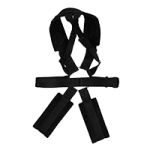 Sex Swings
Sex Swings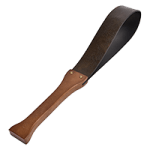 Ticklers, Paddles & Whips
Ticklers, Paddles & Whips






